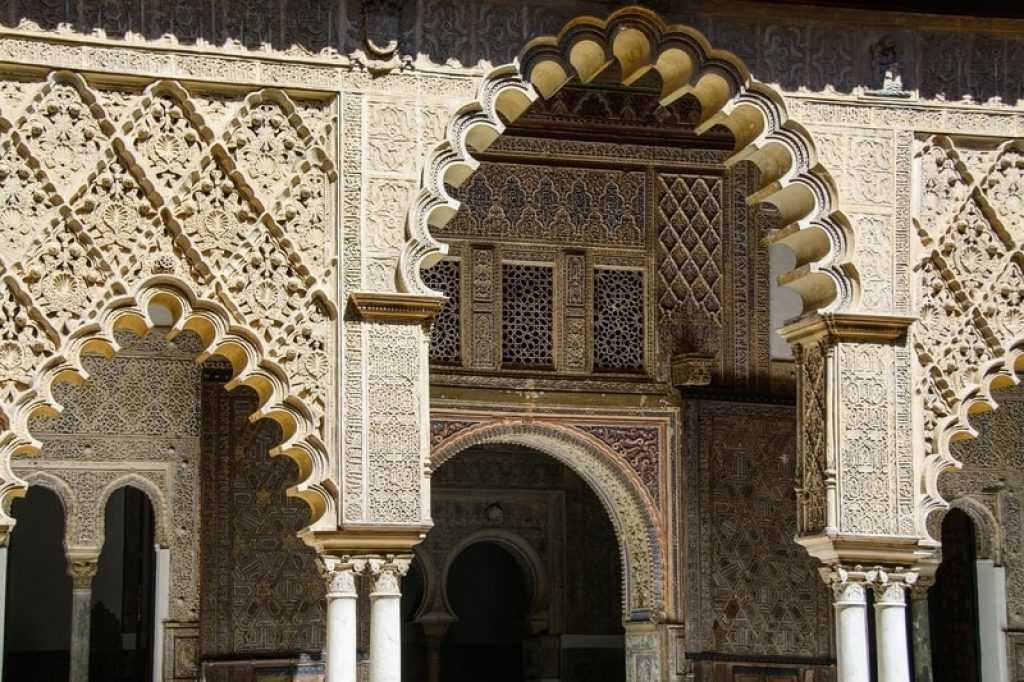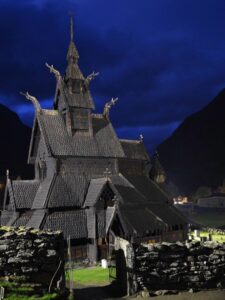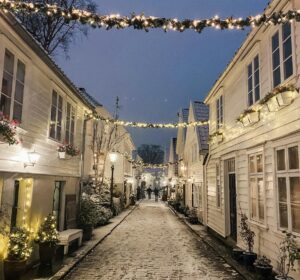Zaragoza’s Aljafería Palace: A Mix of Islamic and Christian Art
Nestled in the heart of Zaragoza, Spain, the Aljafería Palace stands as a testament to the rich tapestry of cultural influences that have shaped the region. This architectural gem offers visitors a unique glimpse into the harmonious blend of Islamic and Christian art, making it a must-visit destination for history enthusiasts and art lovers alike.
What to See
As you step into the Aljafería Palace, you’ll be greeted by a stunning array of architectural styles that reflect its diverse history. The palace’s Islamic origins are evident in the intricate stucco work, horseshoe arches, and lush gardens that transport you back to the era of the Taifa kings. The Mudéjar architecture, characterized by its ornate geometric patterns and vibrant tilework, is a highlight of the palace’s design.
One of the most striking features is the Troubadour Tower, which offers panoramic views of Zaragoza and the surrounding landscape. Inside, the Hall of the Throne is a masterpiece of medieval architecture, with its coffered ceiling and detailed woodwork. The palace also houses a small museum that showcases artifacts from its storied past, providing context and depth to your visit.
A Bit of History
The Aljafería Palace was originally constructed in the 11th century as a fortified Islamic palace for the Taifa kings of Zaragoza. It served as a symbol of power and prestige during a time when the region was a melting pot of cultures and religions. Following the Christian reconquest, the palace underwent significant transformations, incorporating Gothic and Renaissance elements into its design.
In the 15th century, the Catholic Monarchs, Ferdinand and Isabella, used the palace as a royal residence, further enhancing its architectural grandeur. Over the centuries, the Aljafería has served various roles, including a military barracks and a seat of the regional parliament. Today, it stands as a UNESCO World Heritage Site, recognized for its cultural significance and architectural beauty.
Interesting Facts and Visitor Tips
- The Aljafería Palace is one of the few remaining examples of Islamic architecture in Spain, making it a rare and valuable site for those interested in Moorish history.
- The palace’s name, “Aljafería,” is derived from the Arabic word “al-Ja’fariya,” which means “the palace of Ja’far,” named after its founder, Al-Muqtadir.
- Guided tours are available and highly recommended, as they provide insightful commentary on the palace’s history and architecture.
- The palace is open to visitors year-round, but it’s best to check the official website for any changes in opening hours or special events.
- Photography is allowed, so be sure to bring your camera to capture the stunning details of the palace’s design.
How to Get There
The Aljafería Palace is conveniently located in Zaragoza, making it easily accessible by various modes of transportation. If you’re arriving by train, the Zaragoza-Delicias station is just a short taxi ride away. Alternatively, several bus routes stop near the palace, providing a budget-friendly option for travelers.
For those driving, there is ample parking available nearby, though it’s worth noting that the palace is situated in a bustling part of the city, so public transport might be more convenient. Once you arrive, the palace is within walking distance of other attractions in Zaragoza, allowing you to explore the city’s rich history and vibrant culture at your leisure.
For first-time visitors, it’s advisable to allocate at least a couple of hours to fully appreciate the Aljafería Palace. Wear comfortable shoes, as you’ll be doing a fair bit of walking, and consider visiting during the early morning or late afternoon to avoid the crowds and enjoy a more peaceful experience.








